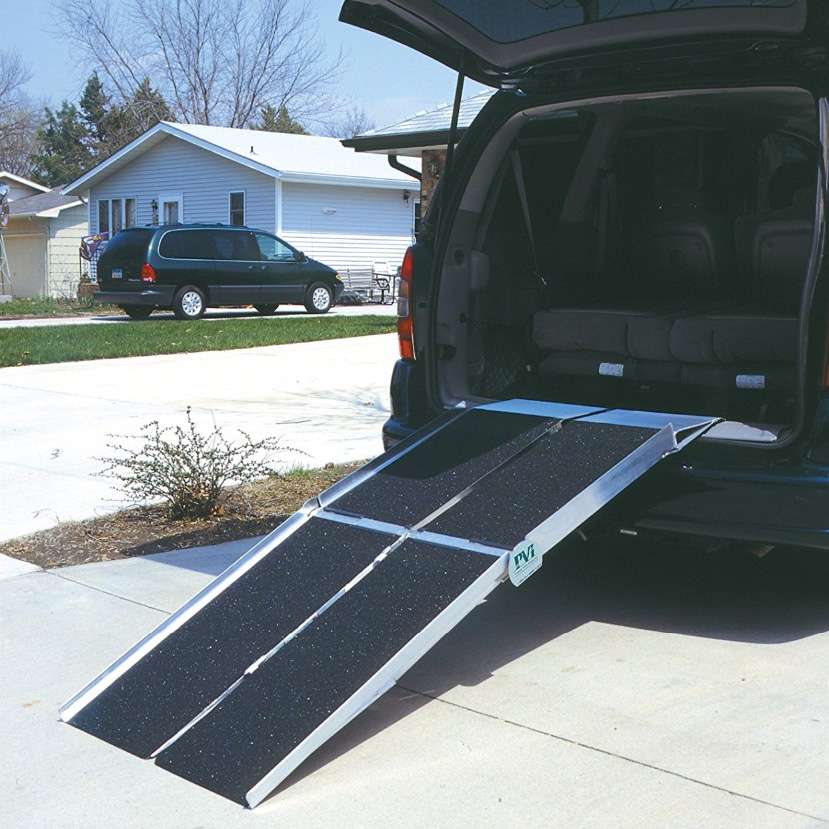Wheelchair ramps for cars are a great way to ensure that people with mobility issues can safely and easily enter and exit a vehicle. These ramps can be used for both personal and commercial vehicles and can be purchased or rented from a variety of sources.
Types of Wheelchair Rams
There are several different types of wheelchair ramps for cars, including manual ramps, electric ramps, and portable ramps. Manual ramps are the most basic type and require the user to manually unfold and set up the ramp. Electric ramps, on the other hand, are powered by a motor and can be deployed and retracted at the touch of a button. Portable ramps are lightweight and can be easily carried and set up as needed.
When choosing a wheelchair ramp for a car, it is important to consider the user’s needs and the type of vehicle that the ramp will be used with. Factors to consider include the weight capacity of the ramp, the length of the ramp, and the width of the ramp. It is also important to consider the ease of use and the safety features of the ramp.
Importance of A Wheelchair Ramp
Wheelchair ramps are an essential tool for people with mobility issues to safely and easily access buildings, transportation, and other areas that are not wheelchair-friendly. They provide independence and freedom, allowing individuals to participate fully in their communities and live their lives without barriers. Additionally, wheelchair ramps are also important for businesses and public spaces to comply with the Americans with Disabilities Act (ADA) regulations, which require that buildings and spaces are accessible to people with disabilities. Overall, wheelchair ramps are crucial for ensuring equal access and inclusion for people with mobility challenges.
How to Choose The Wheelchair Ramp
When choosing a wheelchair ramp, it is important to consider the following factors:
Length and width: The length of the ramp should be sufficient to provide a gentle slope and the width should be wide enough to accommodate the wheelchair and any other assistive devices.
- Weight capacity: The ramp should be able to support the weight of the wheelchair and the person using it.
- Surface: The surface of the ramp should be slip-resistant and provide good traction.
- Portability: If the ramp needs to be transported, choose a lightweight, portable ramp that can be easily carried and set up.
- Safety features: Look for ramps with safety features such as handrails, non-skid surfaces, and high-visibility markings.
- Ease of use: The ramp should be easy to set up, use and transport.
It’s also recommended to consult with a professional and/or the person who will be using the ramp to ensure that the chosen ramp meets their specific needs and preferences.
Wheelchair ramps for cars are a great way to ensure that people with mobility issues can safely and easily enter and exit a vehicle. With different types of ramps available, it’s important to consider the user’s needs and the type of vehicle that the ramp will be used with. It’s always recommended to consult with a professional to ensure that the ramp is installed correctly and safely.


